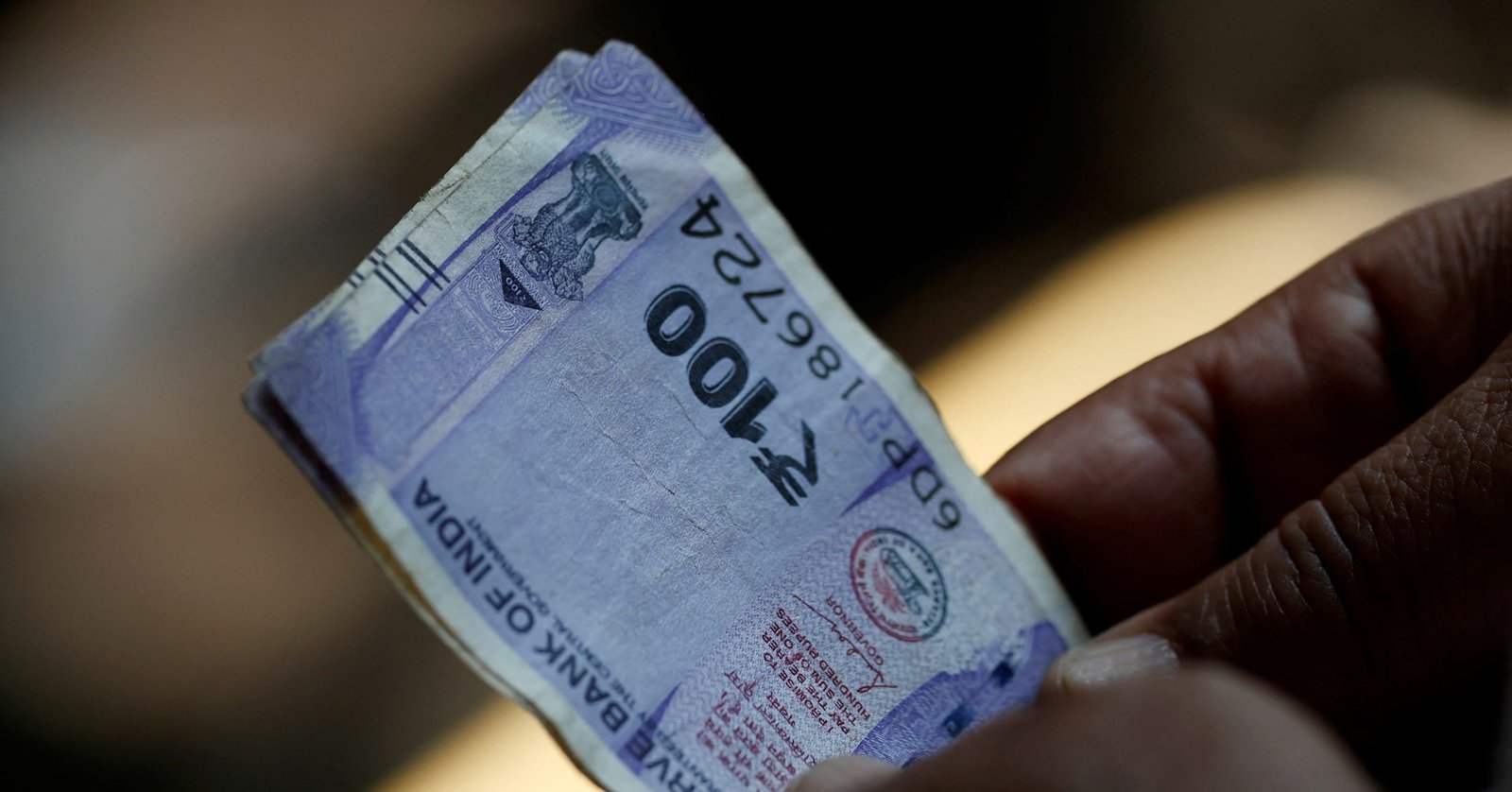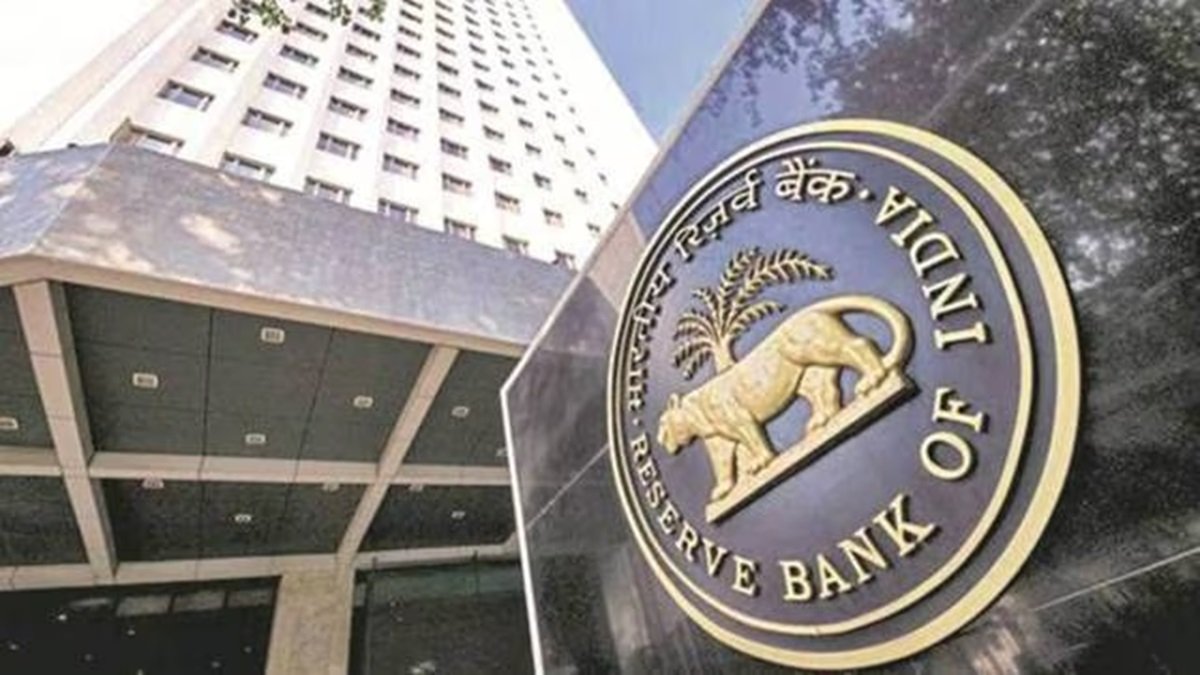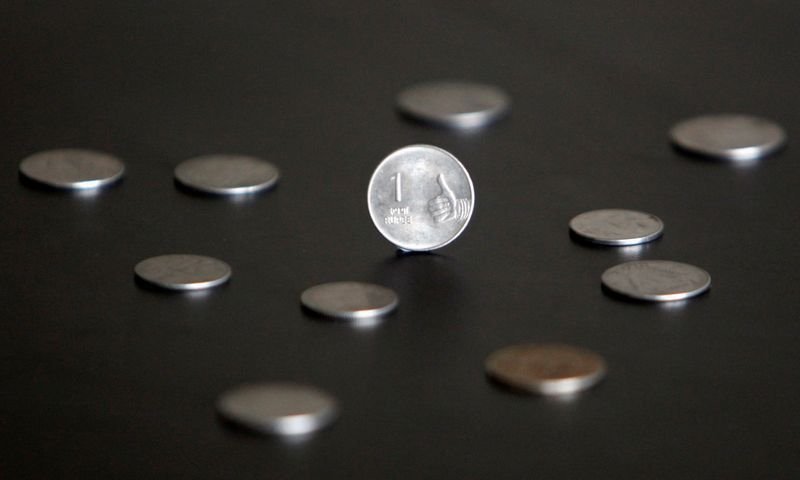What’s going on here?
The Indian rupee is holding firm at around 84.0775 per US dollar, bouncing back from its record low, thanks to interventions by the Reserve Bank of India to control depreciation and reduce volatility.
What does this mean?
The Reserve Bank of India’s strategies have succeeded, as the rupee’s volatility has decreased to below 0.5% over the past ten days despite challenges like foreign equity outflows, upcoming US elections, and high Treasury yields. The USD/INR exchange rate is showing minimal changes, indicating strong currency management. Although US economic data, like PCE and job figures, might cause slight fluctuations, they are not expected to disrupt this stability. However, if the US elections strengthen the dollar index and increase Treasury yields, it could challenge Asian currencies.
Why should I care?
For markets: Risk aversion shapes the day.
Global market sentiment is cautious, reflected in declining Asian equities and losses in US equity futures. The dollar index is at 104.16, while Brent crude rose to $72.9 per barrel, and the ten-year US Treasury yield is 4.29%. These indicators suggest a risk-averse climate that could affect investor choices, particularly in Asian markets where currencies might be pressured if US yields increase.
The bigger picture: Election jitters and currency impacts.
As the US presidential elections near, potential volatility in global markets can be expected, with a stronger dollar possibly raising US Treasury yields. This may put additional strain on Asian currencies, including the rupee. Keeping an eye on the dollar index and US economic reports will be crucial for investors looking to anticipate and handle these shifts in the global financial landscape.







